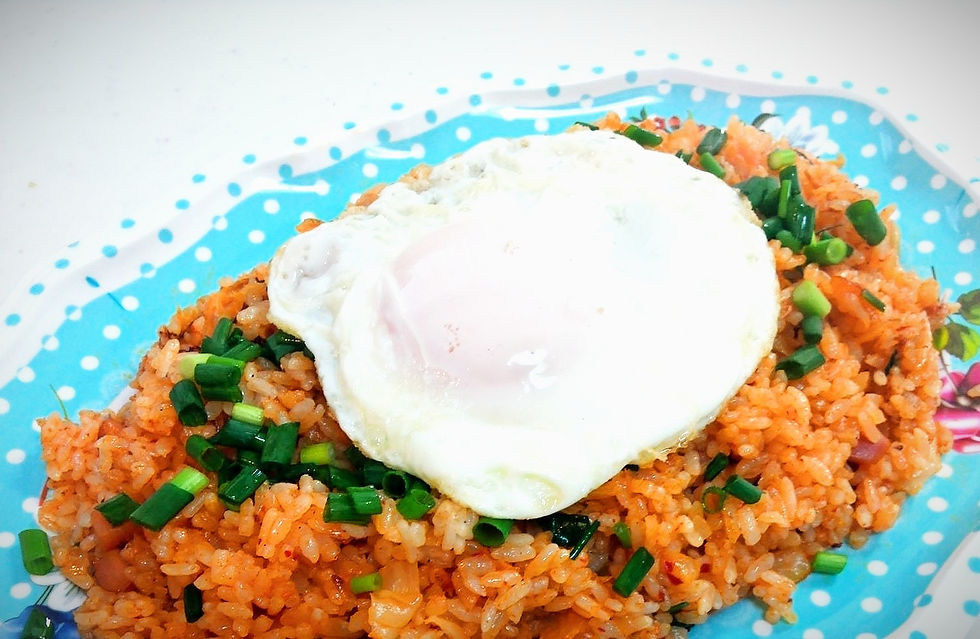CHICKEN AND DAIKON NIMONO, A JAPANESE RECIPE
- Lutomotto

- Jan 18, 2023
- 2 min read
Updated: May 31, 2023

Seasons like these when our body needs more resistance, and striving to keep healthy, boiled or simmered dishes are the best choices at most home kitchens. This time, we're preparing the dish using Nimono, a well-known Japanese cooking method from which the dish's name was derived. It is a straightforward dish that is typically prepared in a home kitchen using fish, veggies, or meat and broth. Nimono dishes are often consumed as part of a dinner at home with rice and numerous side dishes. Nimono meals can occasionally be found on the menu at authentic Japanese restaurants as well as being packed as bento for lunch. Nimono is made by simmering items gently in a dashi broth while flavoring with soy sauce, sugar, sake, and mirin. Vegetables including onions, carrots, and mushrooms, as well as starchy vegetables like "kabutcha," or pumpkin, potatoes, taro root and "daikon" or white radish are the most frequently used primary ingredients for Nimono. We may add meats or fish as well as the main ingredient.
Watch our video and follow the written recipe below. Happy cooking!
WRITTEN RECIPE:
Serves 2 to 3 persons
Cooking time: 30 min
Cuisine: Japanese
Course: Main Dish
INGREDIENTS:
300 gms - Chicken breasts sliced in around an inch in cubes
300 gms - Daikon or white radish, sliced as shown in video
Small amount of Ginger - sliced thinly
1 tsp - Red sugar
Chicken cubes
Green onion for garnishing - sliced in 2inches
2 tbsp - Japanese cooking sake
2 tbsp - Mirin
4 tbsp - Soy sauce
Cooking Oil
2 1/2 cups - Water
COOKING INSTRUCTIONS:
Stir fry the sliced chicken breasts with few amount of cooking oil;
Add the Daikon, ginger and water;
Add the fermented ingredients like the cooking sake, mirin, soy sauce;
Add the chicken cubes & sugar;
Cover the cooking pan and let it simmer for about 10 min;
After 10 min, take the lid off and let it simmer for 15 TO 20 min;
After 10 or 15 min, turn off the stove and serve while it's hot.
Serve with steamed rice.
NOTE: The final flavor of the dish varies depending on the proportions of the seasonings used and how long the ingredients are braised. Some dishes retain liquid per serving, while others are cooked until the liquid has evaporated or have been absorbed in the ingredients such as the type we are cooking.
Thanks for joining us in this cooking session.
ITADAKIMASU!!!
SHOP FOR ALL YOUR KITCHEN ESSENTIALS HERE:
(MAY CONTAIN AFFILIATE MARKETING LINKS,
PLS. SEE DISCLAIMER IN OUR TERMS & CONDITIONS)
TO FILL UP YOUR PANTRIES AND FRIDGE
WITH INGREDIENTS AND GROCERIES
TO LOOK FOR YOUR KITCHEN SUPPLIES
TOOLS AND EQUIPMENT NEEDS




Interesting Japanese recipe. Looks easy though.